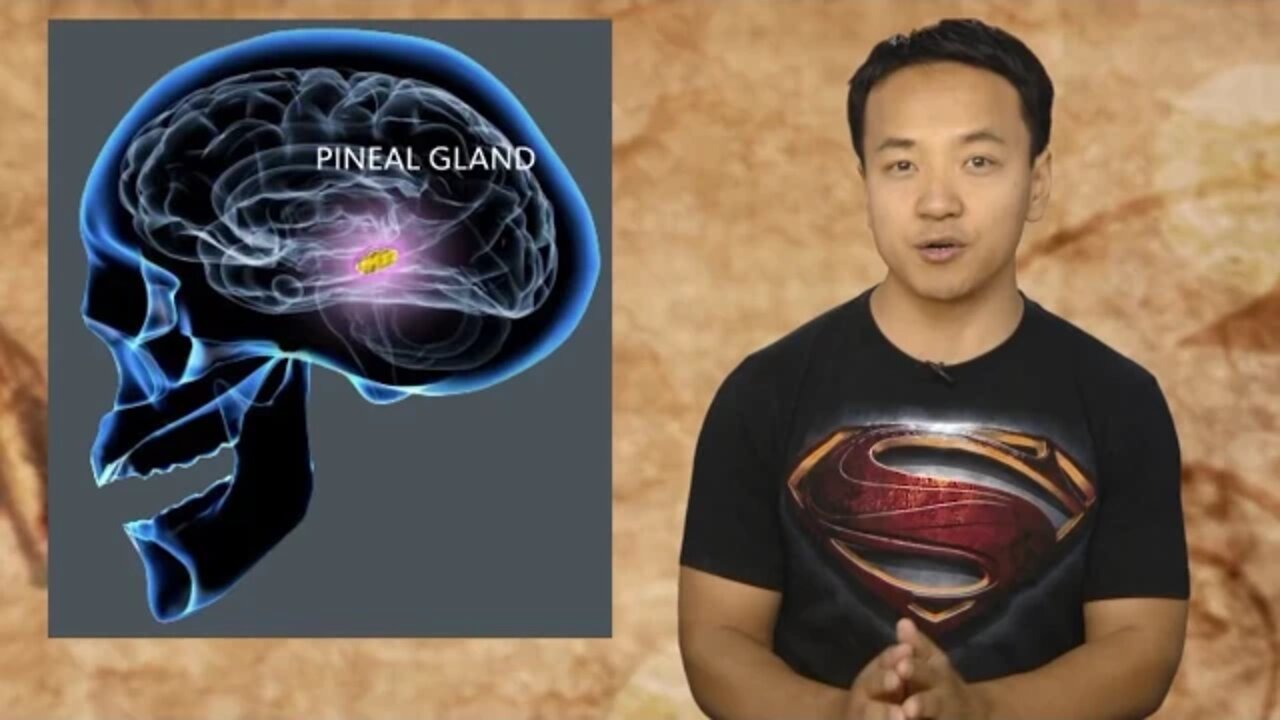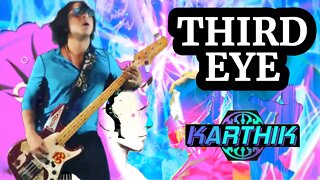Premium Only Content

Our Third Eye and What it Does
Let me know which one is your favorite. One of my favorite animes of ALL time is YoYo Hakusho, just awesome, I read the actual manga what like 15 years ago and to this day it is still my favorite, for those of you who know what I'm talking about, do you remember hiei? That little dude was awesome with his black dragon wave, and remember how he gets power from that surgically implanted third eye? And I always thought that was pretty inconvenient, i mean would you carve your forehead up and implant some whack eye for better fighting powers? Then you goto to take care of it, can't headbutt people anymore, if you need glasses then that would suck cause who sells glasses for a third eye, so you would need contacts but then you always have 1 contact lense left over...anyway it's a mess.
But guess what we ALL have one, we all have a third eye in the middle of our forehead. Human beings all have what has been called a vestigial or unused eye in their brains. This eye has a structure similar to our external eyes, with retinal tissues, and it is sensitive to light.
This eye, known as the pineal gland or pineal body, has been much-discussed in philosophy and medicine. Here's a look at a few explanations of the role played by the eye in your brain.
First the scientific point of view
In the 1950s, scientists discovered that the pineal body, thought to be vestigial, does have a perceivable function. It senses light and produces melatonin.
Melatonin is a substance that influences reproduction and the immune system and is also an anti-oxidant, meaning it can be effective in fighting cancer and reducing the effects of aging. The pineal body produces melatonin in a light environment and halts melatonin production in a dark environment.
As with many parts of the human brain, definitive knowledge of what exactly the pineal body does is lacking.
1. Galen the Greek Says It's Just a Gland
In the second century, prominent Greek physician Galen of Pergamum was the first to describe the pineal gland. He said, like other glands, its function was to support blood vessels.
2. Descartes Says it is the Seat of the Soul, Thought
The pineal body played an important role for famed 17th century French philosopher René Descartes. (rene daycart)
Descartes saw it as the origin of thought. He said that it is the only part of the brain that is unique, not duplicated within the brain. He said it must, thus, be the place where all information is centralized—a place in which our consciousness can process information in a single location, and from which our consciousness can send out all messages to the rest of the brain and body.
This view has been echoed by many spiritual disciplines.
In some Eastern philosophies, the pineal body aligns with the location of the crown chakra, a key point for high-level consciousness and enlightenment, or the understanding of higher realms.
3. The Third Eye
Many have associated the pineal body with the third eye known to religions and spiritual practices for millennia.
In an autobiographical book written by Tibetan lama Lobsang Rampa in the 1950s, titled "The Third Eye," Rampa describes how his third eye was surgically opened by practitioners of an esoteric Tibetan science.
Rampa describes how a surgery was performed on the spot above the bridge of his nose where the passageway to the third eye, or pineal body, is held to be.
Thereafter he had special abilities of perception he did not have before.
-
 8:34
8:34
Beyond Science
1 year ago $5.15 earned6 CREEPIEST Archaeological Discoveries EVER Made | #4 Will Give You NIGHTMARES
15.5K3 -
 13:51
13:51
RiverChrist
2 years agoThird Eye
427 -
 6:25
6:25
Sadhguru clips
2 years agoWhat Happens When the Third Eye Is Activated? Sadhguru Exclusive
69 -
 2:45
2:45
karthik15mk
2 years agoKARTHIK - THIRD EYE
14 -
![🔴[LIVE TRADING] Market Open: Fed Interest Rate Decision Day || The MK Show](https://1a-1791.com/video/fww1/0f/s8/1/w/q/e/u/wqeuy.0kob-small-The-MK-Show-Mar.-19th.jpg)
Matt Kohrs
12 hours ago🔴[LIVE TRADING] Market Open: Fed Interest Rate Decision Day || The MK Show
21.5K2 -
 1:12:15
1:12:15
Dear America
10 hours agoSHOCKING JFK Files Revelations + Harry Sisson In Trouble & Elon Saves Stranded Astronauts!
39.9K9 -
 46:12
46:12
Randi Hipper
1 hour agoBREAKING BITCOIN NEWS!
8.55K -
 LIVE
LIVE
Wendy Bell Radio
6 hours agoWELCOME HOME
9,853 watching -
 16:10
16:10
T-SPLY
3 hours agoElon Musk Is Still Being Attacked After Saving Stranded Astronauts
16.9K14 -
 13:31
13:31
IsaacButterfield
6 hours ago $0.39 earnedFaking Down Syndrome For OnlyFans: DISGUSTING
11.7K8